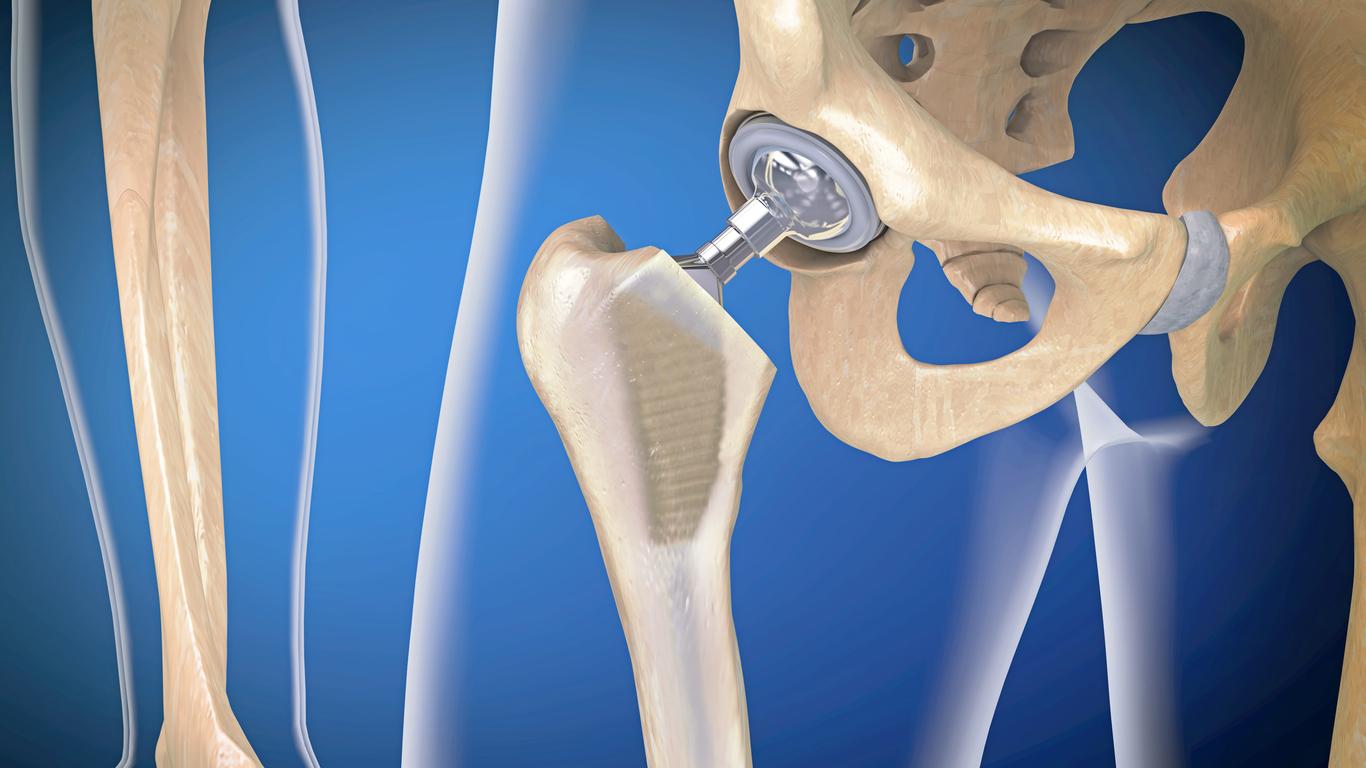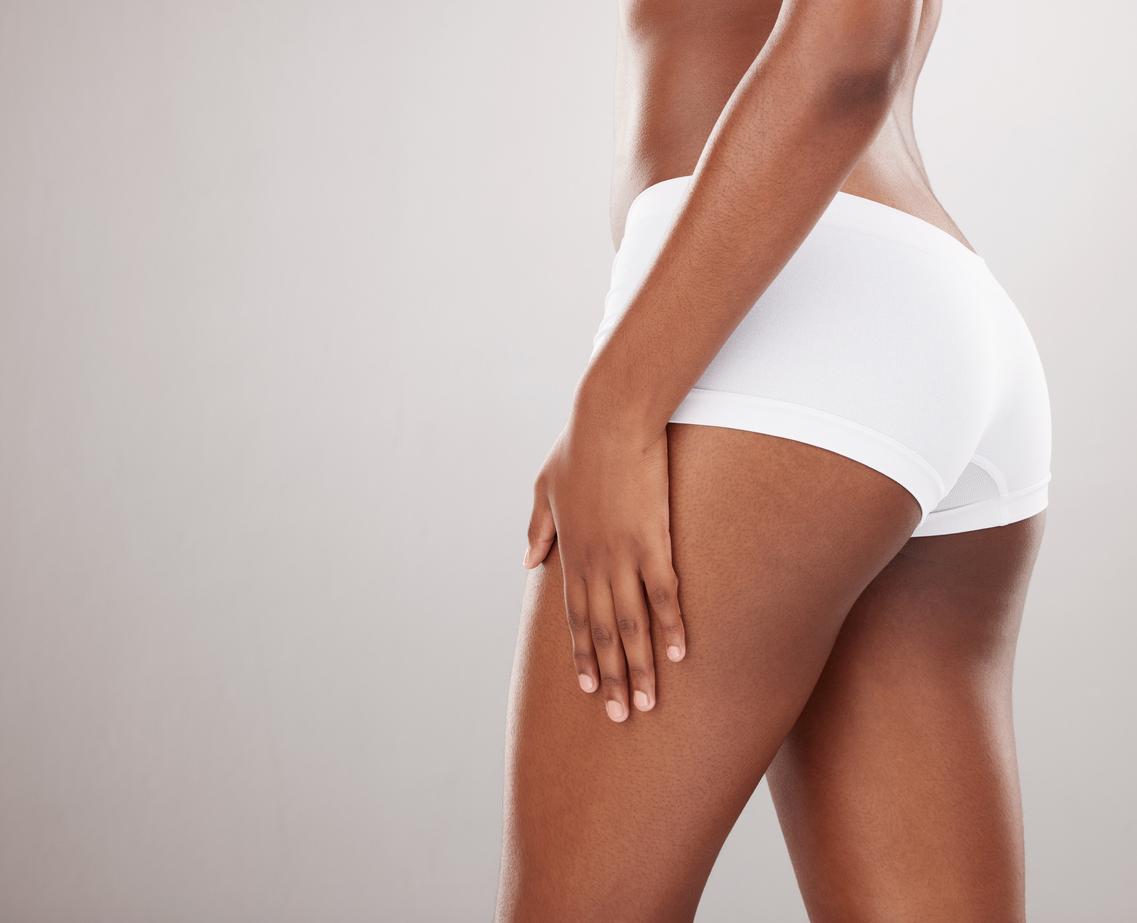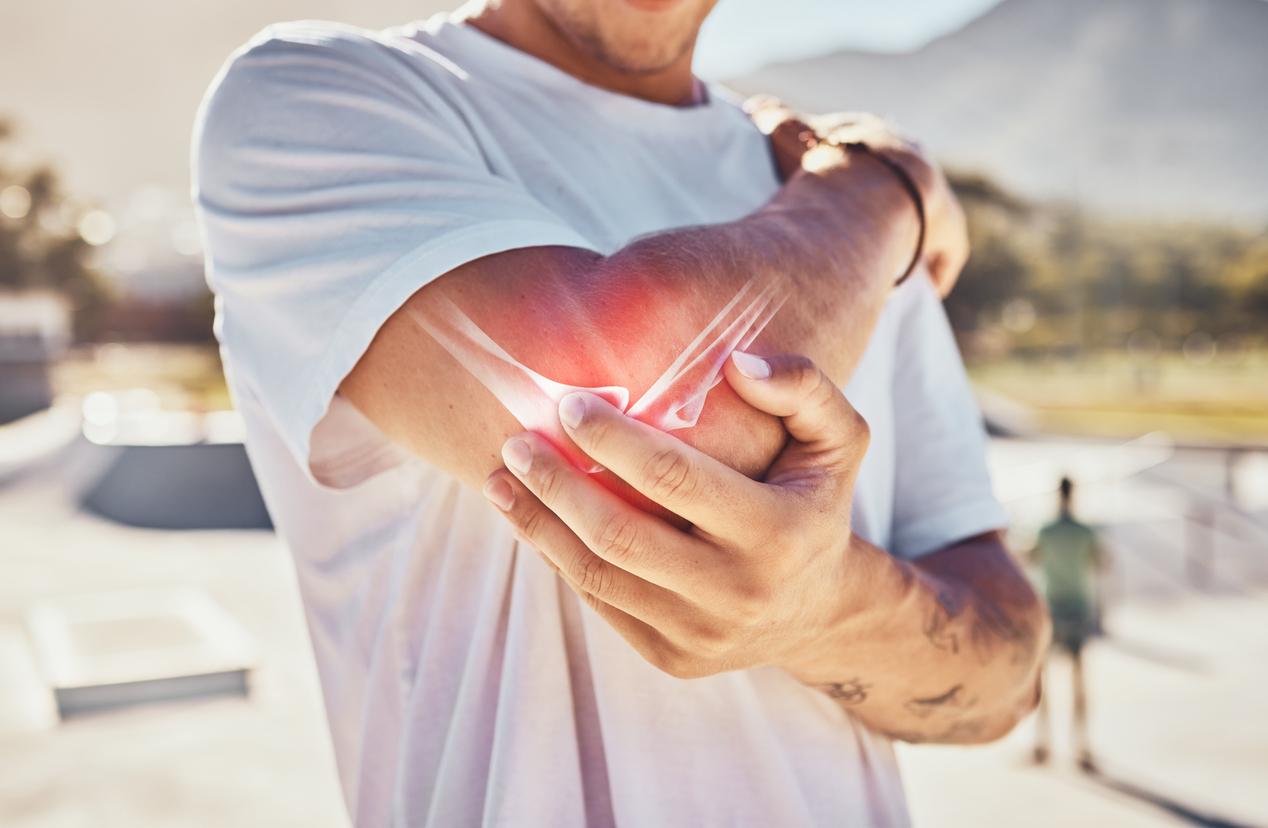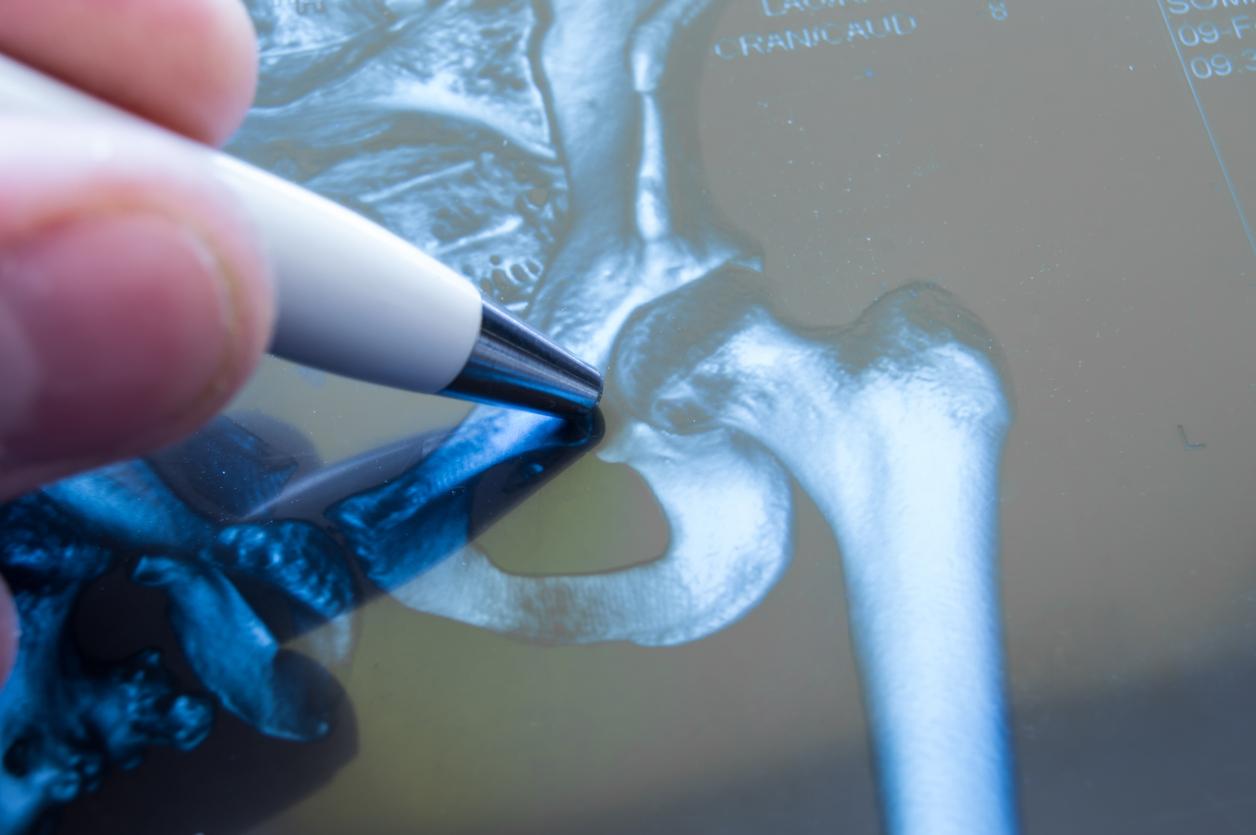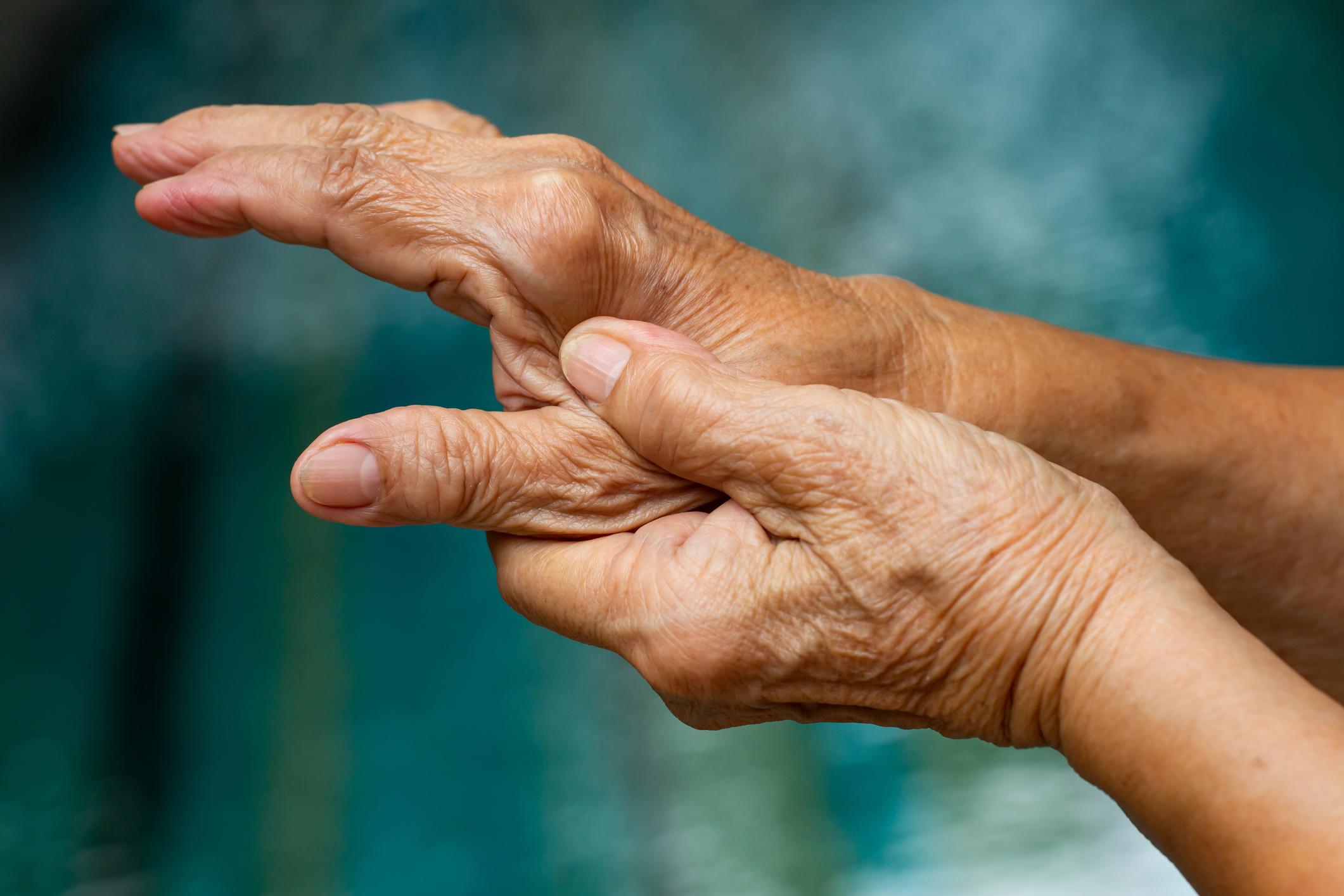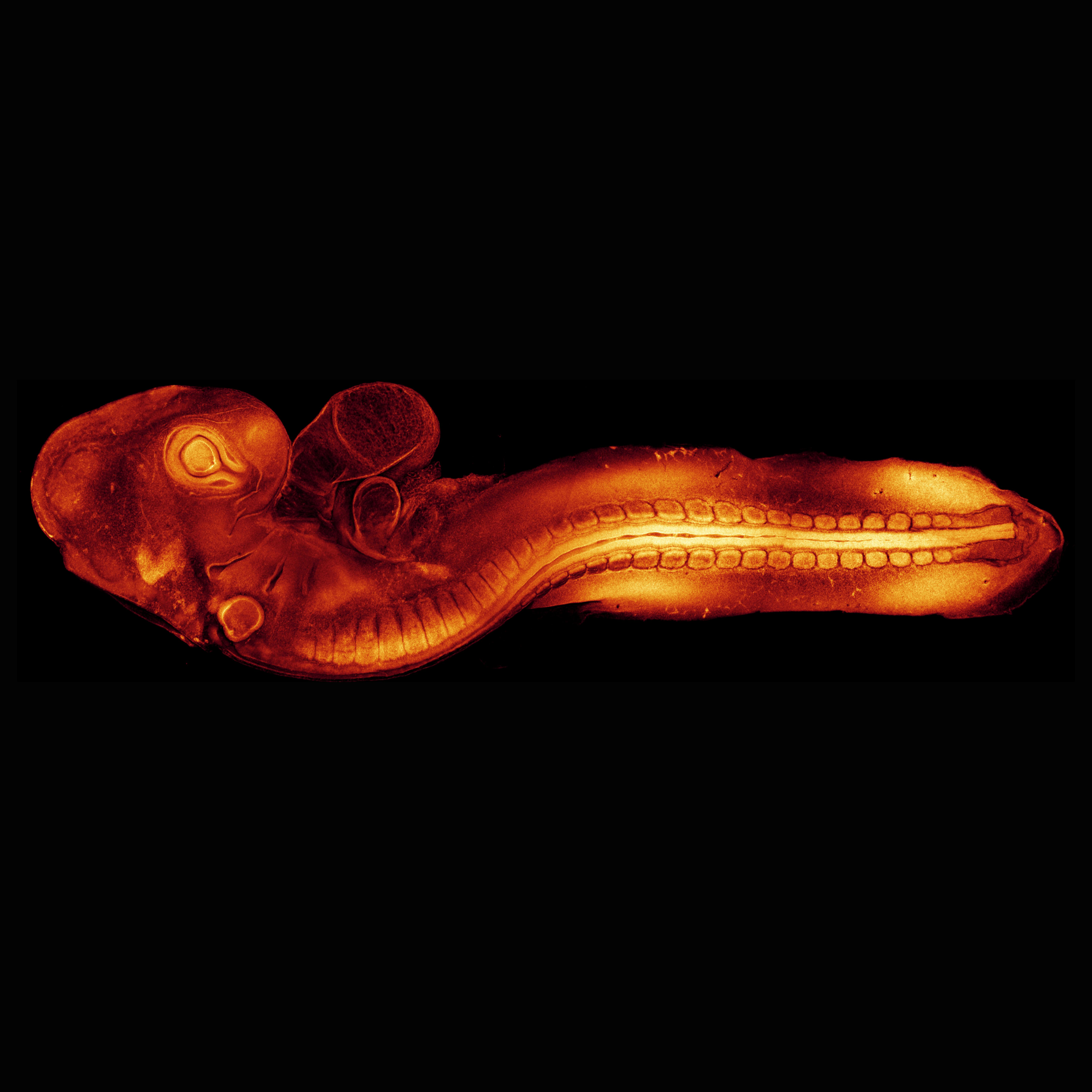In osteoarthritis (arthrosis) there is wear and tear on the hip joint.
The skeleton is the frame of the body, which protects the internal organs. The hip joints are located in the pelvis. They form the link between the torso and the thighs and bear most of the body weight.
The pelvic bones, which are the pubic bone, the ischium and the ilium, together with the head of the femur form a ball-and-socket joint. The head of the thighbone (femur) and the hip socket (acetabulum) are covered with a soft cartilage layer. The cartilage protects the joint and allows the femur to move almost without friction.
In osteoarthritis, there is wear and tear on the hip joint. It is caused by chronic breakdown and eventual loss of cartilage within the joints. As the cartilage wears down, the bones that meet in the joint begin to rub against each other. This can be extremely painful and can severely reduce joint mobility and flexibility.
Growth of extra bone (bone spurs) around the joint edges can also cause pain. The joint may also swell if the synovial membrane, which covers the joint, becomes irritated. The synovial membrane starts to produce extra fluid, which collects in the joint.
More than half of people over age 65 have osteoarthritis in at least one joint. Osteoarthritis is often caused by joint injury or, over time, wear and tear. But also predisposition, reduced use of the hip or overweight can increase the risk of osteoarthritis.
Treatment for osteoarthritis includes weight loss, physical therapy, and medications. When the condition becomes severe and mobility is greatly reduced, hip replacement surgery may be necessary.







